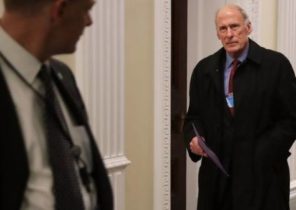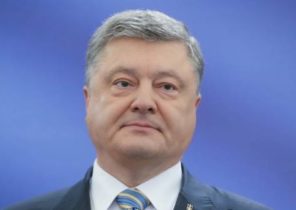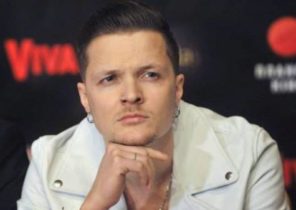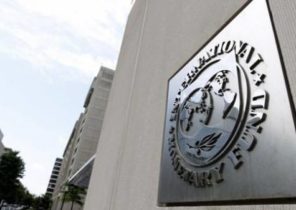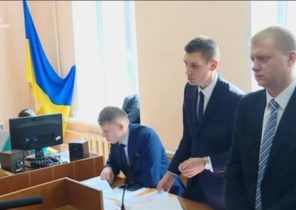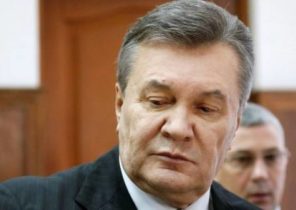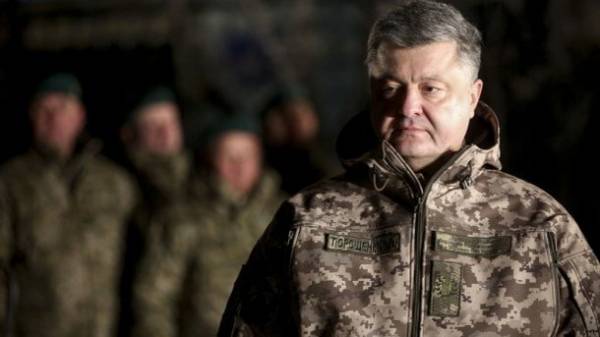
The other day Croatia celebrated the anniversary of the Day of victory and homeland gratitude – a brilliant military operation Storm, which in August 1995 in just 84 hours managed to suppress the separatist “Serbian Krajina” created by ethnic Serbs. After the collapse of Yugoslavia in the Balkans arose four frozen conflict. And, according to experts, only the official Zagreb managed to return separatists seized territory except Eastern Slavonia. Since the beginning of Russia’s military aggression in the Donbas Ukrainian politicians and experts do not stop to cite the example of the Croatian scenario. They say that Croatia at the time, managed to reclaim their territory, then Ukraine will succeed. Indeed, the similarities of the two conflicts is sufficient, but also many fundamental differences.
“In Croatia there was a real inter-ethnic conflict, where the division into friends and foes occurred along ethnic and religious characteristics. A significant part of the responsibility also lies with the Croatian leadership, which for his nationalist statements and actions contributed to separatism in areas where compactly lived the Serbs. Although Russia never tires of accusing Ukraine nationalist politics (remembering in particular the law on language), the flood temporarily displaced persons from Donbas to the territory controlled by Ukraine clearly demonstrates the fundamental difference between the Ukrainian and Croatian cases,” – said the “Today” analyst of the Institute of world politics Daria Gaidai.
In 1991 in the East and in Central Croatia has a separatist enclave “Serbian Krajina”. Ethnic Serbs, who it was formed with the help of the Yugoslav national army and paramilitary groups from Serbia, did not share the position of President of Croatia Franjo Tudjman on full independence from Yugoslavia. The separatists have set up two Autonomous areas with the centres in Knin and Glina, United in the “Republika Srpska Krajina” declared independence. “Serbian Krajina” took about 30% of Croatian territory, where he lived about 300 thousand ethnic Serbs. During the war, Croatia lost 15% of GDP (Ukraine because of the Russian intervention in the Donbass is 20% of GDP), killed more than 12 thousand people (according to the UN, during the war in the Donbass killed more than 10 thousand people, while according to unofficial estimates, the figure is higher).
Separatists “Serbian Krajina” military and financial supported by Serbian President Slobodan Milosevic. Serbia, according to the co-Director of foreign policy programmes and international security of the Razumkov Centre Oleksiy Melnyk was recognized as a party to the conflict. And here another fundamental difference from the war in the Donbass. Then Serbia, though it supported the “Serbian Krajina”, but was absorbed in the war in neighbouring Bosnia and Herzegovina. Therefore, possibilities were significantly limited. Plus “Serbian Krajina” had a common border with Bosnia and Herzegovina, not Serbia.
In Donbass we are dealing with Russia – a nuclear power, a military power which at times exceeds the ability of the then Serbia, which was supported by Moscow. “But Russia at that time was very weak, was President Yeltsin. And by the way, Russia had the second largest peacekeeping contingent in the Balkans. Russia then still could be considered as a partner, not a party to the conflict, despite the fact that Russia supported Belgrade”, explains “Today,” Alexei Miller.
After a bloody battle for the Croatian Vukovar at the beginning of 1992, when he signed a UN plan for cessation of hostilities and the deployment in the conflict zone of the peacekeeping force, under the supervision of “blue helmets” were able to dissolve power, display technology and even to spend in the Serbian Krajina elections. Became President, Milan martić. In 1995 he and Croatian President Franjo Tudjman to the United States and Russia proposed a peace plan for the normalization of bilateral relations “S-4”. According to a former Ukrainian Ambassador to Croatia Oleksandr Levchenko, the plan anticipated the creation in Croatia is not Autonomous, not Federal, but almost confederal unit with great powers. “Serbian Krajina” were entitled to seats in the Croatian Parliament, its own emblem and flag, its own police and currency, and to choose their President, Parliament and government.
The Minsk agreements ORDO also have special status prescribed in the law on special order of local government in certain districts of Donetsk and Lugansk regions. The Verkhovna Rada behind closed doors off the scoreboard took it back in September 2014. It entitles you to free use of the Russian language and the conclusion with the Russian local authorities cooperation agreements. In addition, in an interview with “Today,” the Deputy head of the Constitutional Commission Viktor Musiyaka said that the provisions of the law on the establishment ORDO its police and prosecutors are elements of confederalism. But, judging by recent statements by militants and messages from the Kremlin, the law on the special status does not suit them. They want something like the Croatian peace plan, plus to ORDA had the right of veto on the decision of Ukraine to join NATO and the EU.
“But then in 1995 the leaders of the “Serbian Krajina” Milan martić and the Bosnian “Republika Srpska” Radovan Karadzic (today it is Plotnitsky and Zakharchenko) got in a fight with Slobodan Milosevic. They refused the peace plan has combined these two areas into one pseudo-state, demanding independence,” – said Alexander Levchenko.
This conflict allowed the Croatian leadership, which in 1995 has greatly strengthened his army, to conduct a brilliant military operation to return the captured territories. Besides, the owls Daria Gaidai, when Croatia started operation Storm, NATO is already actively discussed scenarios for the use of aircraft against Serbian forces in Bosnia. Serbia was forced to rely on Russia while Yeltsin was willing to support Clinton in the Balkans in return for Western loans.
“The position of Ukraine, which forced to confront a powerful nuclear state, a member of the UN security Council, is much more complicated. In modern Russia the experience of the wars in Yugoslavia is perceived extremely negatively, this is an example of the harmful and weak policies. Russia has the resources to support so-called frozen conflicts, and efforts to destabilize neighboring States. And although support for the Donbass and Crimea requires considerable resources, it is unlikely the current Russian leadership would agree to disadvantageous conditions of reintegration of Donbass. In Moscow still believe they can win this confrontation, but because I see no need to change their behavior,” – said the “Today” Daria Gaidai.
Today Croatian script, and, in fact, the return of Donbass under the control of Ukraine by military means has a ghostly perspective. Yes, and the Ukrainian leadership and our international partners, are betting on a peaceful and diplomatic solution to the conflict. “It may be said that the Croatian scenario in Donbas Ukraine tried to implement it in 2014 and was close enough to take control of the Ukrainian-Russian border and to surround the gangs. And here comes the moment, which is radically different from what it was in Croatia. Russia entered the war. Any successful military actions of Ukraine in Donbas in today’s environment pose a threat of Russian intervention,” – said the “Today” Alexey Miller.
First, as already said an analyst at the world policy Institute Daria Gaidai, in the Kremlin the course of the war in the former Yugoslavia in the ‘ 90s to find themselves losing, so repetition of the Croatian scenario in the Donbass will not allow. If only the US and the EU will not toughen sanctions, making support of fighters in Donbass to Moscow simply unsupportable. Second, the Donbass is to Russia more than 400 km of the border, where Moscow does not agree is not something that the peacekeepers, even unarmed observers of the OSCE SMM to happen. Thirdly, and this is probably the most important thing is that Russia annexed the Crimea and invaded the Donbass, in order to prevent Ukraine’s integration into the EU and NATO. And in Croatia, the conflict erupted on ethnic and religious differences, ethnic Serbs did not agree with the independence of Croatia from Yugoslavia.
At the same time, all respondents “Today,” experts agree that a significant breakthrough in resolving the conflict in Croatia has been achieved through the direct intervention of the United States. Judging by the active involvement of Washington in Minsk and Channel processes, it is possible to hope for progress in the implementation of the peace plan in the Donbas. But, unlike Croatian scenario, it all depends on the political will of Moscow, which has not yet decided how to play the card of Donbass in their presidential elections in March 2018.
*Read more about the war in Croatia, a brilliant military operation “Storm”, the role of Russia in support of Serbia and the similarity of those events with the war in the Donbass read tomorrow in an interview with “Today,” former Ukrainian Ambassador to Croatia Oleksandr Levchenko.
